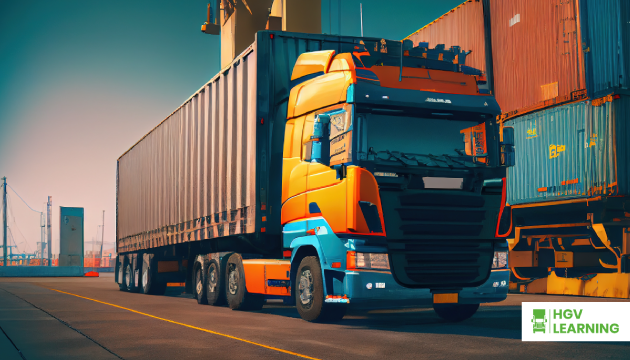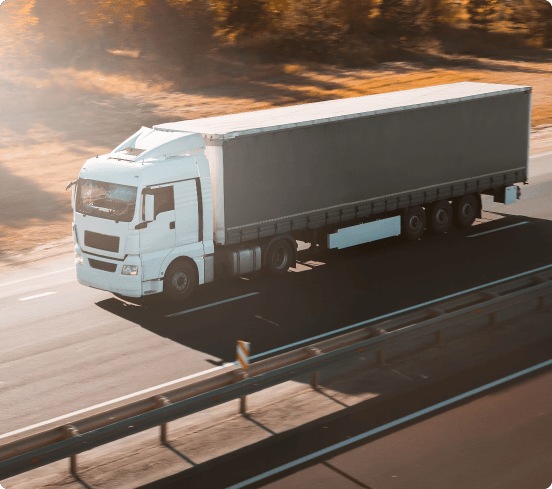
28/10/2025
A C1 licence allows drivers to operate vehicles between 3,500kg and 7,500kg, such as ambulances, delivery trucks and removal vans. Training with HGV Learning covers both the theory and practical tests, ensuring you are ready to drive these vehicles safely and professionally.


The C1 licence is designed for medium-sized vehicles that are heavier than a standard car but lighter than large HGVs. Drivers with this licence can work in industries where vehicles up to 7.5 tonnes are commonly used, including healthcare, parcel delivery and home removals.
To obtain a C1 licence, you must:
Training usually takes place over several days, with most learners completing around 16–20 hours of practical driving. Courses cover vehicle safety checks, manoeuvring in different conditions, safe loading and weight distribution, and supervised on-road driving.
A C1 licence is particularly valuable for those pursuing careers in:
It can also be a stepping stone to a Category C or C+E licence for larger vehicles.
The C1 licence is valid in line with your medical entitlement and requires periodic CPC training if you are driving professionally.
Training is available across the UK, with course schedules designed to fit around work commitments. Prices vary depending on location and course length. Contact us for a tailored quote.
To gain a C1 licence, drivers follow a set process beginning with a medical and provisional entitlement, before moving on to theory and practical training. Each stage builds towards the final driving test, which assesses road safety knowledge, manoeuvres and on-road driving ability.
Training at HGV Learning is designed to prepare learners for each of these stages. Instructors focus on practical skills such as safe vehicle handling, reversing, and load security, while also helping learners build confidence for the theory test. This combination ensures that drivers are ready not just to pass the test, but to drive a C1 vehicle safely and professionally in real-world conditions.
Learn more about how to get a C1 licence here.
Complete the form below and we’ll contact you asap.


Our training courses cover both practical and theoretical aspects of driving, using real-life scenarios and examples to help students understand the concepts they need to know to become a safe and competent driver.
A C1 licence allows drivers to operate vehicles between 3,500kg and 7,500kg, such as ambulances, delivery trucks and removal vans. Training with HGV Learning covers both the theory and practical tests, ensuring you are ready to drive these vehicles safely and professionally.
A C+E licence, also known as a Class 1 HGV licence, allows drivers to operate the largest and most complex commercial vehicles. This includes articulated lorries and other combinations where the trailer exceeds 750kg. It is the next step up from a Cat C licence and is essential for long-distance and international haulage roles.
A cat C licence allows an individual to drive medium-sized lorries, also known as rigid vehicles, with a maximum weight of around 32 tonnes.
This type of commercial driver’s licence is a requirement for operating vehicles that are commonly used for transporting goods and materials over medium distances.
Drivers must hold an ADR licence to transport hazardous goods such as fuel, chemicals, gases and flammable liquids. Carrying these loads without the correct licence is illegal. As a result, ADR training with HGV Learning is essential for anyone entering this area of work.
Our courses prepare drivers to pass the official exams and to manage dangerous substances safely in real-world situations. In addition, training gives learners the confidence to deal with emergencies and meet all regulatory standards.
Hiab training is essential for drivers who operate lorry-mounted cranes used to load and unload heavy goods. These cranes are common in construction, utilities and logistics, where safe handling of equipment and materials is a daily requirement. Our courses prepare drivers to use Hiab vehicles safely and to meet industry accreditation standards.
A telescopic handler, often called a telehandler, is one of the most widely used machines in construction, agriculture and logistics. It combines the features of a forklift and a crane, making it versatile for lifting, moving and placing loads. Our telescopic handler training prepares learners to operate this equipment safely and to gain recognised certification for employment in these industries.